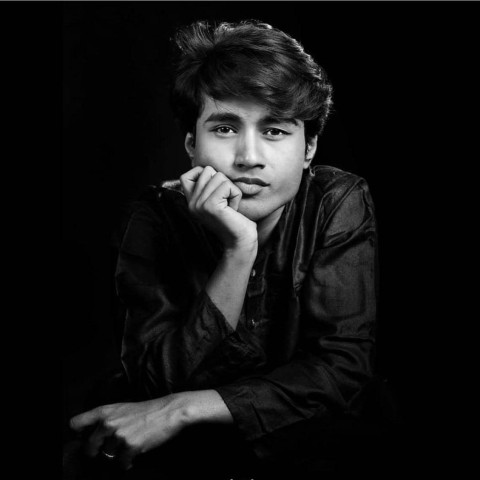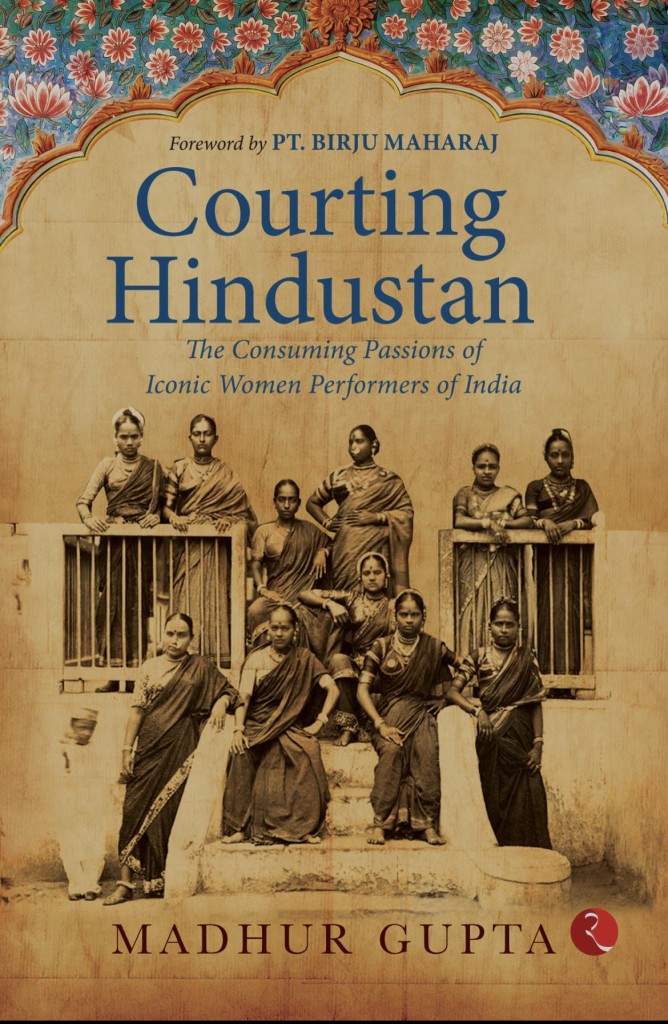
Madhur Gupta
About: Madhur Gupta is one of the leading Odissi dance maestros of his generation. The Indian Express has hailed Gupta as one of the few male artists (in a field mostly dominated by women), who not only pursued Indian classical dance with devotion but also excelled at it. Beginning his initial training in Kathak with a maestro like Padma Vibhushan awardee, Pandit Birju Maharaj, he was strongly drawn towards Odissi as his life’s calling. He has also had the fortune of interacting and learning from masters like Madhavi Mudgal, Bichitrananda Swain and Kumkum Lal. Madhur is currently in advanced training under the renowned dancer and Guru, Smt Sharon Lowen in the Padma Vibhushan Guru Kelucharan Mohapatra style of Odissi. Apart from extensively touring, performing and writing, Madhur also teaches Odissi at Sangeet Vidya Niketan, New Delhi.
BOOK
Name: Courting Hindustan

Description:
In ancient India, women competed to win the title of Nagarvadhu, quite literally the town’s consort.
For certain temple worship (Agamas), dance and music were necessary ingredients. The women artists dedicated to the worship—Devadasis and Maharis—had a high rank and dignity in society.
Tawaifs were central to Mughal court culture from the sixteenth century. It is also believed that young heirs were sent to courtesans to learn ‘tameez’ and ‘tehzeeb’, including the appreciation of good music and literature.
Courting Hindustan is a deeply researched, elegantly crafted portrait of some of the most intriguing women figures practising traditional Indian entertainment art forms such as, music, dance and poetry. It relives 2,500 golden years of women being elite traditional performers and how, over the centuries, they have captured the imagination of the country and the world at large, their art and lives being a complex response to social forces and cultural conditions.
Courting Hindustan delves into the scintillating world of courtesans who went on to become empresses, queens, prima donnas, pioneer filmmakers, music directors, ace dancers and so much more. Many of them went on to rule kingdoms, enjoyed positions of great power; many were venerated by governments and yet they lived on the fringes of society. In many ways, these were women, first of their kind, to survive an entrenched patriarchal society and break the chains imposed on them, paving the way for generations of women to come and conquer.
© 2025 Vidarbha Literature Festival